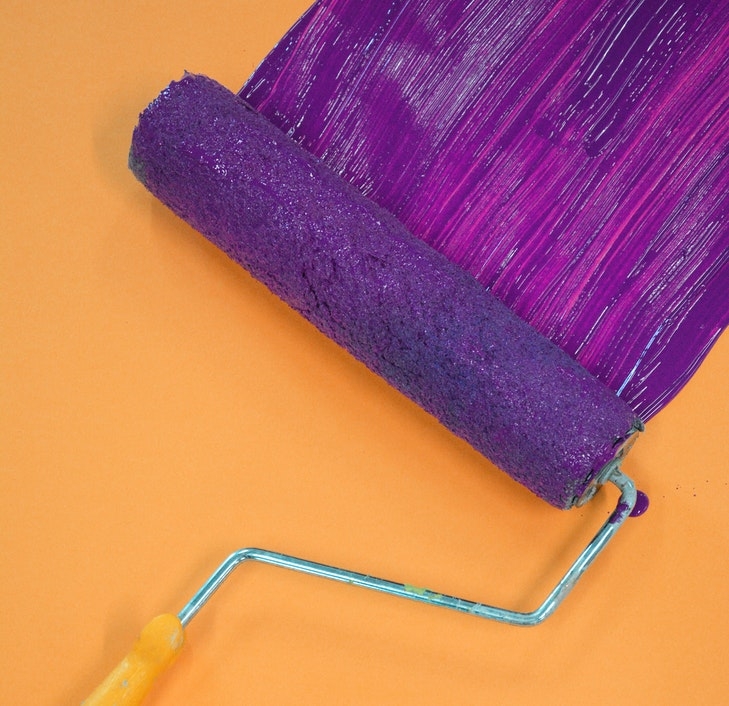Content Marketing
Content republishing: How to Breathe Life and Relevance Back in to Your Older Posts

© cassidy muir / Pexels
As the owner of a blog or a website, you likely have an archive of fantastic, brand-friendly and topic-driven content that’s served your mission well. But how’s it doing lately?
Your once relevant, on-point articles might be due for a sprucing up. Content optimisation and republishing can breath new life into your site and reach and grow a larger audience. Here, we explore the question of why you explore and maximise the potential of older articles and how you can optimise and republish your content with great success.
YOU’LL LEARN 3 WAYS TO OPTIMISE YOUR EXISTING RESSOURCES:
- Why should I optimise and republish older content?
- Which content is suitable for optimisation?
- Best practices to optimise older articles and content
Why should I optimise and republish older content?
A lot of content needs a regular update, because there are mostly new findings on a topic or also new technical possibilities and resulting views. In addition to updating the content itself, it is also important for associates to advertise the latest products or successor models and to integrate current partner links into their own websites for this purpose.

Older articles that are not easy to find within your own website are often neglected. This can have a negative impact on page access and conversion over time due to outdated content and products that are no longer available. Search engine users also prefer current content and less often click on a search result whose rich snippet shows a publication date many years ago.
An article created or updated within the last two years is ideal. In addition, you never stop learning when writing new content, and older articles are usually on a completely different stylistic level than the current ones.
There are also other advantages from SEO point of view which justify the optimisation of an older article. Optimised and edited content mean a higher degree of topicality for the customer of the search engine and also shows the crawler of the search engine that the content of your article is up to date. You can still count on a good placement in the search results.
In contrast to an optimisation of an already existing article, the publication of another post on the same topic also carries the risk of duplicate content. This can have a negative effect on the placement of your search results.
Which content is suitable for optimisation?

In principle, an update and republication is useful to find new readers and increase page impressions. The optimisation of an article is done faster than writing a new article, but this expenditure of time adds up quite quickly if you already own a large article archive.
The time investment may not always be worthwhile in some cases. So what is worthwhile? Consider the factors when you dig deeper into your content:
1) Ranking Potential
Consider optimising content that is just outside the top 10 in the search results. Take a closer look at all placements between the top 10 and 20 with the help of an SEO-tool and other SEO essentials.
2) Topic Relevance
Some topics are timeless and also offer years of general interest. Time or viral trends, on the other hand, are forgotten at some point. If an article is no longer relevant and/or does not receive any traffic in the form of page accesses, it is not worth revising here. Spend your time on optimising timeless topics instead.
3) Financial potential
As an affiliate website operator, your focus should also be on the financial potential of your content. Pay special attention to the products you advertise. Are your partner links up to date and is the product you are promoting still available? Are there any technical innovations that you should include in your content? Update or optimise those articles that are suitable for monetisation.
4) Most Popular Content
Look at your own website statistics and find the most popular articles (with the most page views). Can you optimise, add to and then republish something here?
5) Smart, enriching older (but not often visited) content
In contrast to the most popular articles, there are usually also good, but less-traffiked articles. Optimise and republish this content and consider a better internal linking of such articles. You should also socially share such articles after a new publication to further increase the attention.
Best practices to optimise older articles and content
Complete an analysis of your content and copy the corresponding URL of the articles directly into a list. This will make it easier for you to edit the articles afterwards. It is also a good idea to make notes for each article and record exactly what needs to be optimised and how. Read the article you want to optimise carefully, and ask yourself the following questions:
- How does the content of the article affect me and what can I do better?
- Which information has changed or which new information can I contribute or which topics can be added to the corresponding article?
- How is the topic treated by my competitors?
Here’s how to make the most of your optimisation strategy:
1) Adding and updating existing content
Check whether your external links are still working and your partner links refer to a current product, whose new functions should be recorded in terms of content.
Very outdated passages can also be shortened, and products that no longer exist can be deleted. The latter, however, should always be done with caution. Check your spelling, grammar and writing style. You might notice that you have made some progress and created a more grounding focus in your writing and style.
2) Internal and External Links
Your internal and external links can be expanded or checked if necessary. Since you can now access newer articles that did not exist when the content you’re updating was first created, you can now take advantage of thematically linking articles to each other. You offer your readers a richer experience, and they‘ll stay longer on your site. Also, the structure of backlinks should not be underestimated, since backlinks represent an important ranking factor for Google.
3) Optimise Meta Title & Meta Description
For each page and each article you should define a meaningful Meta Title and a Meta Description. The optimal title of an article consists of no more than 70 characters (without spaces). Longer titles are automatically shortened by the search engine. The meta-description should also be checked for older articles, since it must not be longer than 160 characters (including spaces).
If you have not already done so, you can use various plug-ins within WordPress to define the meta information for each individual subpage individually. Use for example WP Meta SEO or Yoast SEO. These plug-ins will also show you how your item or page will appear in Google search results.
4) Readability and structure of your content
Keep an eye on the structure of a page, and optimise it if necessary, especially if you are adding new content to an existing article. Lists, shorter paragraphs and subheadings provide the necessary overview and a better readability for your visitors.
5) Adding new media to existing content
Are your article pictures still up-to-date, or can you also integrate a video? With such measures, you increase the probability of new accesses to your article, Also, from SEO point of view, new media updates are to be evaluated as positive.
In A Nutshell
By optimising and republishing older content, you can lift older, and often forgotten posts to a new, current level. Timeless topics, which are still in demand in search engines today, are best suited for optimisation, the so-called evergreen content.
Especially larger and older websites have a large article archive and can therefore fall back on one or the other article. This can influence the number of clicks on your website in the right direction. Time is your greatest resource, so be sure you use it wisely when considering to get your content back to life and republish, perhaps forgotten-too-soon, outstanding content.

